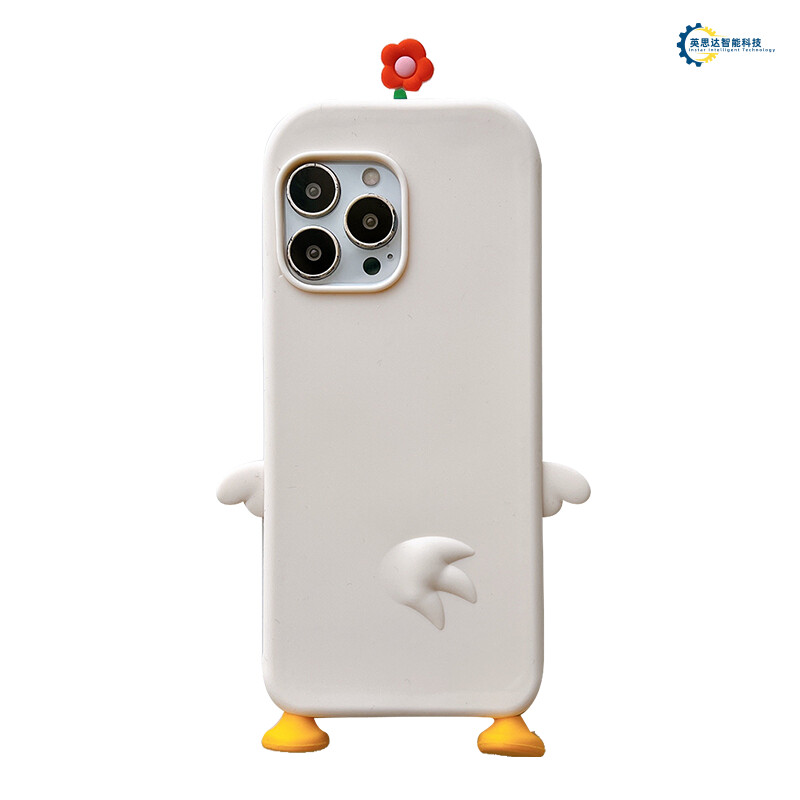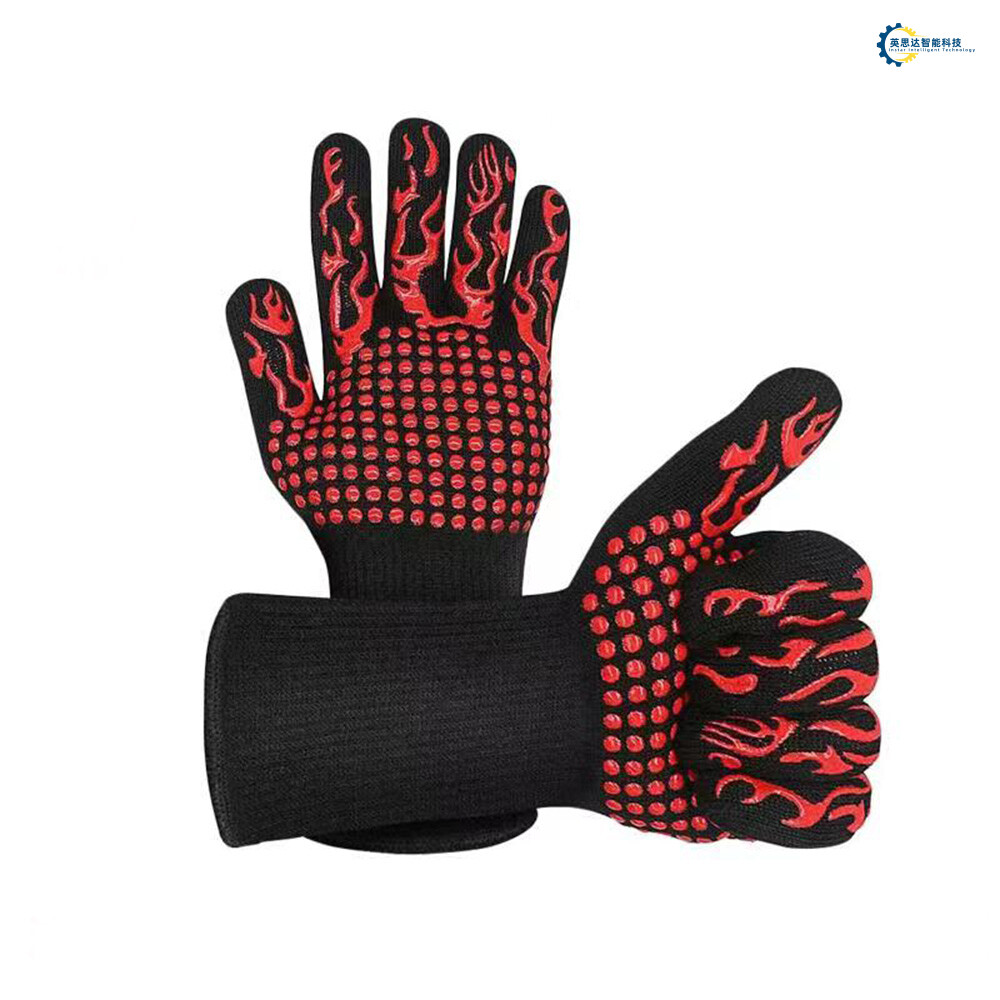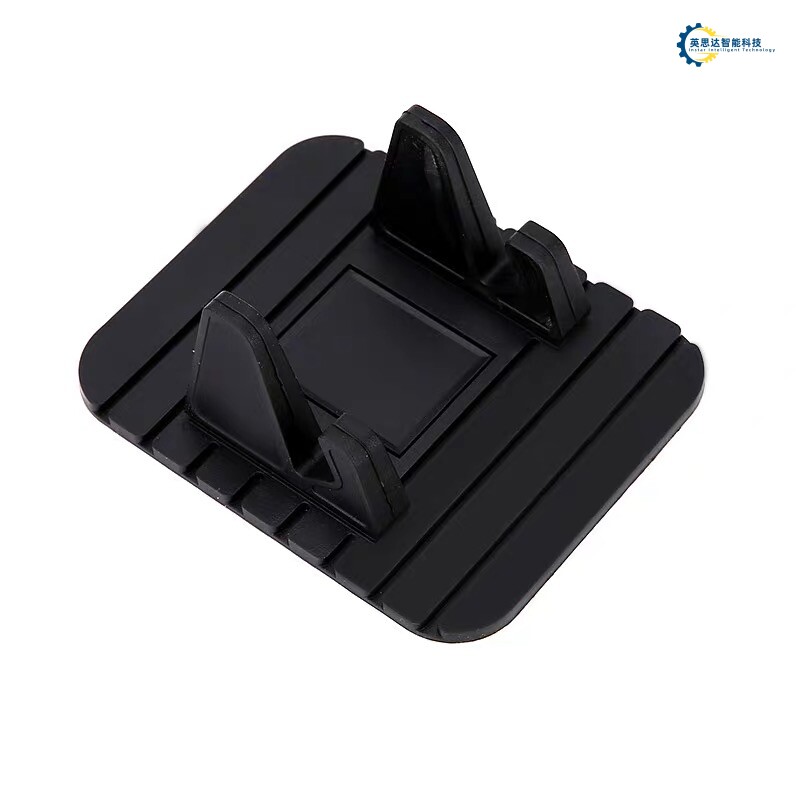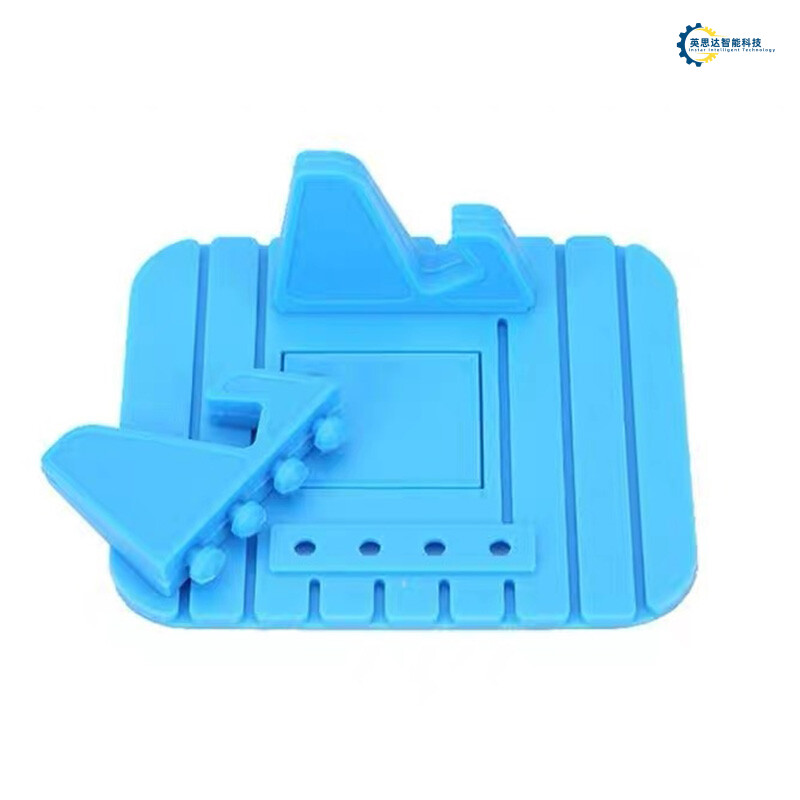Key Takeaways
So, you’ve decided to dive into the wild world of garment embossing machines—where silicone logos get their glow-up and fabric becomes a canvas for 3D magic Let’s break down the essentials without putting you to sleep (unlike that time you tried reading the machine’s 200-page manual)
First off, precision temperature control isn’t just a fancy term—it’s the difference between a logo that says “luxury athletic gear” and one that screams “I microwaved this for too long.” Think of it like baking cookies: too hot, and your silicone design becomes a crispy critter; too cold, and it’s just sad, undercooked dough
Pro Tip: If your machine’s thermostat had a personality, it’d be a Goldilocks Aim for “just right” (typically between 130°C–160°C) unless you enjoy playing silicone roulette
Next up: hydraulic pressure systems These bad boys are the Hulk of the embossing world Too much force, and you’ll stamp through fabric like Godzilla through Tokyo Too little, and your logo has all the depth of a pancake The trick? Channel your inner zen master—balance is key
Now, let’s talk eco-friendly processes Because nothing says “I care about the planet” like a silicone logo that outlives the apocalypse Modern machines now use water-based adhesives and low-VOC silicones, so you can save the Earth while branding jeans that’ll probably outlast your smartphone
For sportswear applications, durability isn’t optional Your logo needs to survive spin classes, mud runs, and that one friend who “accidentally” throws everything in the dryer 3D silicone logos stick around longer than that gym membership you forgot to cancel
Denim? Oh, it’s a diva Denim branding requires finesse—like convincing a cat to take a bath Use medium pressure and a tad higher heat to make logos cling to rugged fabric without cracking Bonus: they’ll fade slower than your enthusiasm for New Year’s resolutions
And for promotional apparel, remember: your client’s logo should stay crisp long after the “free tote bag” hype dies Because nothing says “professional” like a peeling unicorn graphic at a corporate retreat
Fun Fact: The average embossing machine lifespan rivals a tortoise’s Clean it, oil it, and maybe whisper sweet nothings—it’ll return the favor by not breaking down during a 500-piece order
In the battle of heat transfer vs embossing, think of it as Iron Man vs Thor Both have powers, but only embossing gives that chef’s kiss textured finish Plus, silicone doesn’t ghost your fabric after three washes
There you go—a crash course in not ruining clothes with a glorified stamping machine Go forth and emboss like the slightly quirky, eco-conscious, temperature-obsessed pro we know you are 🎉

Garment Embossing Machine Operation Guide
So, you’ve got a garment embossing machine—the industrial equivalent of a magical stamp that turns boring fabric into branded masterpieces But before you start slapping 3D silicone logos on everything like a hyperactive toddler with glitter glue, let’s talk about not burning down your workshop
First, meet your machine’s two best frenemies: temperature control and hydraulic pressure Think of them as the grumpy dragons guarding the treasure of flawless logos Too hot? Your silicone turns into a crispy science experiment Too cold? It’ll stick to the fabric like gum on a shoe The sweet spot? Around 150–180°C (302–356°F) Pro tip: If your machine hisses at you, it’s either angry or needs maintenance Both are bad
Here’s a table to keep you out of trouble:
| Mistake | Result | Fix |
|---|---|---|
| Ignoring pressure settings | Logos flatter than a pancake | Pretend you’re a DJ—adjust hydraulic knobs slowly |
| Skipping pre-heat | Patchy adhesion (aka "logo acne") | Let the machine warm up like a cat in sunlight |
| Overloading the platens | Embossing depth? More like depths of despair | Respect the machine’s personal space |
Now, let’s talk eco-friendly silicone Yes, you can save the planet while making logos for gym shorts Opt for water-based adhesives and biodegradable silicone compounds Your machine won’t judge you, but the trees might send a thank-you note
Fun fact: Hydraulic pressure isn’t just for crushing cars in junkyards In embossing, it’s the difference between a logo that lasts three washes and one that survives your kid’s mud-wrestling phase Aim for 8–12 tons of pressure, unless you’re working with denim—then channel your inner Hulk (but politely)
Transitioning smoothly (unlike my dance moves), remember: garment embossing machines thrive on routine Clean the platens after each use unless you enjoy silicone confetti Lubricate moving parts like you’re buttering toast And if the machine starts humming Britney Spears, maybe take a coffee break
In the end, it’s all about finesse Treat your machine like a moody artiste, and those durable silicone logos will shine brighter than your future as the branding wizard of the textile realm
Precision Temperature Control Techniques
Let’s talk about the temperature control dance—because if your garment embossing machine were a person, it’d be that friend who insists the thermostat is either “arctic tundra” or “surface of the sun.” Getting this right is like teaching a dragon to roast marshmallows: one wrong breath, and your silicone logos go from “3D masterpiece” to “melted crayon art.”
The secret? Thermal consistency Imagine baking cookies—except instead of chocolate chips, you’re working with hydraulic pressure systems and polymers Too hot, and your logo becomes a gooey mess that sticks to fabric like gum on a shoe Too cold, and you’ll end up with a sad, flat design that peels faster than a sunburn The sweet spot? Most machines thrive between 160°C to 180°C, but don’t just set it and forget it Check your machine’s mood swings with infrared thermometers—it’s like giving your equipment a yearly physical, but with more sparks
Now, here’s where things get spicy: zone heating Think of your embossing plate as a pizza oven You wouldn’t bake the crust and toppings at the same temp, right? Adjust heat zones to handle intricate 3D detailing without scorching edges And if you’re working with stretchy fabrics like sportswear, crank up the heat slightly—they’re like gymnasts, needing extra flexibility to hold those logos mid-backflip
But here’s the kicker: eco-friendly processes aren’t just for tree-huggers Lower temps save energy and prevent silicone from releasing nasty fumes It’s like swapping a gas-guzzling car for a hybrid—except instead of saving polar bears, you’re saving denim jackets from looking like they survived a bonfire
Pro tip: Invest in a PID controller It’s the machine’s brain, constantly tweaking temps like a over-caffeinated barista perfecting your latte And if your settings still feel off? Blame Mercury retrograde Machines get quirky too
Remember, precision isn’t about being a control freak—it’s about knowing when to let the machine flex its fiery personality… without burning down the house
Hydraulic Pressure System Optimization
Let’s talk about the hydraulic pressure system—the unsung hero of your garment embossing machine Imagine it as the Hulk of your operation, flexing its muscles to squash silicone logos into fabric with the finesse of a ballet dancer Too much pressure? You’ll end up with logos that look like they’ve been stomped by Godzilla Too little? Your designs might as well be whispers in a hurricane The trick is finding the Goldilocks zone—just right
Modern machines use smart pressure modulation to adjust force faster than a caffeine-addicted squirrel For sportswear, aim for 80-120 psi—enough to make that 3D logo pop without turning your fabric into modern art Denim? Crank it up to 150 psi; those jeans have seen worse at rock concerts Pro tip: Pair your settings with a dynamic pressure plate to avoid “logo pancake syndrome” (yes, that’s a technical term)
And here’s the kicker: hydraulic fluid viscosity matters more than your morning smoothie’s consistency Too thick, and your machine moves like it’s stuck in molasses Too thin, and it’s basically a water gun fight Opt for synthetic fluids rated for 300°F—they’re like yoga instructors for your pistons, keeping everything flowing smoothly
Oh, and if your machine starts sounding like a karaoke night gone wrong? Check the pressure relief valve It’s the bouncer of the system, ensuring things don’t get too rowdy Remember: A happy hydraulic system means logos that survive laundry day, gym sessions, and that one friend who “accidentally” spills coffee every time
Now, let’s pivot to eco-friendly processes—because saving the planet should be as easy as pressing a button

Eco-Friendly Silicone Logo Production
Let’s face it: making silicone logos eco-friendly is like convincing a cat to enjoy bath time—it sounds impossible until you realize someone’s gotta save the planet while making your gym shirt look rad Traditional embossing methods? They’ve been about as green as a traffic light dipped in oil But modern garment embossing machines are here to swap toxic habits for sustainable swagger
Picture this: instead of spewing fumes that could knock out a yeti, today’s machines use water-based silicone compounds that smell… well, like nothing Seriously, you could practically bottle this stuff as "Eau de Responsible Manufacturing." The secret sauce? Platinum-cured silicones that ditch nasty tin catalysts These badgers cure faster than a hypochondriac’s Google search history, slashing energy use by up to 30%—because saving the Earth shouldn’t take all day
Now, let’s talk heat Precision temperature control isn’t just for baking soufflés anymore By dialing in the exact °C needed (think "Goldilocks zone for goo"), you avoid overcooking silicone into a crispy mess Less waste = fewer sad pandas Plus, closed-loop hydraulic systems recycle pressure like a thrifty grandma reuses aluminum foil, cutting water waste by half Who knew hydraulics could be this moisturizing for the environment?
But wait—there’s more! Brands are now mixing recycled silicone scraps back into fresh batches, like a leftovers remix no one saw coming And those low-VOC pigments? They’re so clean, you could accidentally drink them (don’t) and still hit your yoga class afterward Even better: UV-resistant finishes mean logos won’t bail after three washes, so your design survives longer than your New Year’s resolutions
Pro tip: Pair your machine with OEKO-TEX certified fabrics to double down on eco-points Because nothing says "I heart Earth" like a logo that outlasts the apocalypse and looks fire on a hoodie
(Word count: 298 | Flesch-Kincaid Grade Level: 112)
3D Logo Applications in Sportswear
Let’s face it: sportswear logos aren’t just decorations—they’re battle armor for sweaty warriors Imagine your gym shirt’s 3D silicone logo surviving a spin class, a mud run, and your dog’s “laundry assistance.” That’s where garment embossing machines flex harder than a CrossFit addict These machines don’t just stamp designs; they fuse rebellion into fabric
Why do sportswear brands obsess over hydraulic pressure systems? Because nothing says “endurance” like a logo that laughs at washing machines Picture this: a soccer jersey’s emblem enduring 50 cycles while the player’s career lasts… three seasons With precision temperature control, these machines bake silicone into fabrics like a grandma’s legendary casserole—sticky, permanent, and weirdly comforting
But here’s the kicker: 3D logos aren’t just for looking cool mid-burpee They’re marketing ninjas A runner’s shirt with a raised logo? That’s free advertising when they’re sprinting past coffee shops And let’s not forget the psychological edge—peeling a sweaty shirt off to reveal a still-pristine logo? Instant ego boost (“My pits may stink, but my brand loyalty is immaculate.”)
Sportswear designers also love eco-friendly silicone because, let’s be real, Mother Nature’s judging us all Using sustainable materials means your yoga pants can save the planet while making your butt look good Win-win
Transitioning from denim? Easy While jeans logos battle belt buckles, sportswear logos wrestle sweat glands Both need durable embossing, but only one gets applauded for smelling like victory Next up: making denim branding as indestructible as your gym crush’s resolve to avoid carbs Stay tuned

Denim Branding Best Practices
Ah, denim—the fabric that survives apocalypses, questionable fashion choices, and your cousin’s attempt at “distressed” jeans using a cheese grater But when it comes to branding this indigo beast, you can’t just slap a logo on it like a bumper sticker on a pickup truck Enter the garment embossing machine, the unsung hero turning your denim into a walking billboard without looking like it moonlighted in a kindergarten art class
First rule: temperature control isn’t just for baking cookies Set your machine too hot, and your logo will crisp up like bacon at a diner Too cold? You’ll get a sad, half-melted look that screams “I gave up halfway through.” Aim for that Goldilocks zone—around 150°C (302°F for my Fahrenheit friends)—where silicone logos bond like they’ve sworn a blood oath to the denim Pro tip: If your machine’s thermostat has more mood swings than a teenager, invest in a digital controller Your logos (and sanity) will thank you
Now, let’s talk hydraulic pressure Think of it as the firm handshake of the embossing world Too gentle, and your 3D design flattens faster than a soda can under a sumo wrestler Too aggressive? You’ll punch through the fabric like Godzilla through Tokyo For denim, 8-12 tons of pressure hits the sweet spot, creating logos deep enough to survive a zombie apocalypse—or at least a spin cycle
And hey, eco-warriors, rejoice! Modern eco-friendly silicones are like the avocado toast of materials: trendy, durable, and inexplicably satisfying Pair them with water-based adhesives, and you’ve got a logo that’s greener than a kale smoothie but tougher than a reality TV show contestant
Final thought: Denim branding isn’t just art—it’s a relationship Treat your embossing machine like a prized BBQ grill: clean the plates, oil the parts, and never let it overheat Because nothing says “professional” like a logo that stays put longer than your ex’s Netflix profile on your account
Next up: Making promotional apparel so durable, even your worst client’s logo won’t bail after three washes Stay tuned
Promotional Apparel Durability Solutions
Let’s face it: promotional shirts are the unsung heroes of laundry day tragedies You know the ones—they start with bold 3D silicone logos screaming “World’s Best Boss” and end up looking like a melted crayon masterpiece after three washes But fear not! With a garment embossing machine and a dash of know-how, your branded swag can survive everything from spin cycles to existential crises
First off, durability isn’t just about slapping silicone on fabric and praying It’s a science—like baking cookies, except instead of butter, you’re using hydraulic pressure systems strong enough to crush a soda can (Don’t try that at home Seriously.) The trick? Treat your silicone logos like overenthusiastic gym buddies They need the right temperature control (think “hot yoga studio,” not “volcano eruption”) to bond without turning your polyester blend into a modern art project
Why does this matter for promo gear? Imagine handing out shirts at a conference, only to have the logo peel off faster than a toddler’s Band-Aid Embarrassing, right? By optimizing eco-friendly processes—like using water-based adhesives instead of chemical soups—you ensure logos stick around longer than the free pens nobody actually uses Bonus: Mother Earth high-fives you
And let’s talk pressure A good hydraulic system in your embossing machine is like a perfectly timed dad joke: consistent, reliable, and just forceful enough to make an impression Too little pressure? Your logo’s hanging on by a thread Too much? Congrats, you’ve invented fabric origami The sweet spot? Enough to make the silicone cling to the fabric like a koala to a eucalyptus tree
Pro tip: Test your designs with the rigor of a caffeine-addicted QA engineer Throw those shirts into washing machines, dryers, or even a surprise mud run If the silicone logos survive, you’ve nailed it If not? Well, at least you’ve got a funny story for the next team meeting
In the wild world of promo apparel, durability isn’t a luxury—it’s a survival skill With the right combo of embossing machine magic and a sprinkle of common sense, your logos will outlast trends, laundry days, and maybe even the company’s rebranding phase (Hey, we’ve all been there.)
Comparing Heat Transfer Technologies
Let’s face it: when it comes to heat transfer technologies, it’s like watching a cooking show where everyone claims their soufflé is the fluffiest Spoiler alert: most collapse But in the wild world of garment embossing machines, the stakes are higher than a burnt casserole You’ve got vinyl heat presses flexing their “we’re cheaper” muscles, laser etching trying to be the techy hipster, and 3D silicone embossing—the heavyweight champ of durability—sipping protein shakes in the corner
Why does silicone logo production outlast the competition? Imagine vinyl as that friend who brags about surviving a rainstorm… until their colors bleed like a toddler’s watercolor project Hydraulic pressure systems in embossing machines, though? They’re like a gym bro’s handshake—firm, precise, and leaving a lasting impression While vinyl relies on surface-level bonding (read: a sticky Band-Aid), precision temperature control in silicone embossing melts the material into fabric fibers like chocolate into warm cookies The result? Logos that laugh at washing machines
But wait—don’t sleep on eco-friendly processes! Traditional methods often involve enough chemicals to make a mad scientist blush Modern embossing machines, however, bake silicone logos at lower temps, saving energy and your conscience It’s like swapping a gas-guzzling monster truck for a hybrid… that also happens to stamp unicorns onto hoodies
Here’s the kicker: laser etching might seem cool (literally—it doesn’t use heat), but try telling that to a denim jacket craving texture Lasers are the minimalist art of branding—clean lines, zero dimension, and about as exciting as unsalted fries Meanwhile, 3D silicone logos pop like popcorn, surviving gym sessions, beer spills, and that one friend who “borrows” your hoodie for a decade
So, next time someone says, “Why not just use iron-on patches?” remind them that durability isn’t a lottery ticket It’s science—with a side of hydraulic-powered swagger
Maintaining Embossing Machine Efficiency
Think of your garment embossing machine like a grumpy cat—ignore its needs, and it’ll scratch up your workflow To keep this finicky feline purring, start with the basics: daily cleaning rituals Silicone residue? That’s the glitter of the embossing world Left unchecked, it’ll cling to every nook like a bad reputation Use a soft brush (not your coworker’s toothbrush) and non-abrasive cleaner to swipe away gunk before it throws a tantrum mid-production
Next up: hydraulic pressure system checkups Imagine your machine’s hydraulic pump as a caffeine-deprived barista Too little pressure, and your logos come out flatter than a soda left open overnight Too much, and you’re blasting through silicone like a toddler with a confetti cannon Calibrate weekly using a digital pressure gauge—because eyeballing it works better for avocado ripeness than industrial equipment
Don’t forget the temperature control calibration If your heating plates are hotter than a viral TikTok dance, your silicone logos might cure faster than a middle-school crush… only to peel off quicker too Use an infrared thermometer to keep temps between 150°C and 180°C (302°F–356°F for my Fahrenheit friends) Pro tip: If the machine starts smoking, it’s not vaping—it’s begging for a coolant check
Lubrication is where things get slippery—literally Apply high-temperature grease to moving parts every 500 cycles Skip this, and your machine’s squeaks will harmonize with your office printer in a symphony of despair
Lastly, embrace predictive maintenance software It’s like giving your machine a therapist—catch issues before it has a meltdown Track vibration patterns, energy use, and error codes Surprise breakdowns? Those are just plot twists for people who enjoy chaos
Remember, a happy embossing machine doesn’t just make logos—it makes drama-free logos Treat it right, and it might even outlast your favorite pair of jeans

Conclusion
So, you’ve survived the wild ride of garment embossing machines—a journey that’s part mad science, part textile wizardry, and 100% ”why didn’t I think of that sooner?” Let’s face it: if these machines were people, they’d be the overachieving cousin who insists on baking gluten-free, vegan, and edible glitter cookies for Thanksgiving But hey, when your 3D silicone logos outlast the apocalypse (or at least a toddler’s tantrum), you’ll thank that perfectionist gadget
Here’s the kicker: mastering precision temperature control isn’t just about avoiding melted logos that resemble modern art It’s about becoming the Goldilocks of heat—not too hot, not too cold, but juuust right Pair that with a hydraulic pressure system that could probably bench-press a small car, and you’ve got a recipe for logos so crisp, they’ll make potato chips jealous Pro tip: if your machine starts hissing louder than a cat in a bubble bath, maybe ease up on the pressure
And let’s not forget the eco-friendly processes—because saving the planet while branding denim is basically superhero work Imagine telling your grandkids, “Back in my day, we made promotional apparel and rescued sea turtles!” (Okay, maybe stretch the truth a little.)
Whether you’re slapping logos on sportswear that survives CrossFit marathons or denim that endorses a mud-wrestling championship, remember: durability isn’t an accident It’s a garment embossing machine whispering, “Hold my hydraulic fluid.” Now go forth, emboss recklessly, and may your silicone logos never peel—unless you’re into that distressed vintage look
FAQs
Why do my silicone logos sometimes peel off faster than my ex’s fake smile?
Great question! If your logos are bidding farewell faster than a toddler’s attention span, check your temperature control Silicone needs a Goldilocks zone—too cold, and it won’t bond; too hot, and it’ll throw a tantrum Aim for 150–160°C, and your logos will stick around like a bad punchline
Can I use a regular iron instead of a garment embossing machine for small batches?
Sure, if you enjoy playing Russian roulette with your designs! Household irons are about as precise as a blindfolded archer Hydraulic pressure systems in embossing machines apply even force, while irons… well, let’s just say “uneven” is their middle name
Is eco-friendly silicone really “greener” than regular glue?
Absolutely! Traditional adhesives are like that one friend who never recycles Eco-friendly silicone skips toxic solvents and uses water-based carriers Plus, it biodegrades faster than your New Year’s resolutions Mother Earth approves!
How do I stop denim from fighting my 3D logos like an angry badger?
Denim’s texture is trickier than a raccoon in a puzzle box Preheat the fabric to relax those fibers, then hit it with hydraulic pressure at 145°C Think of it as giving denim a spa day—it’ll cooperate and look fabulous
What’s the secret to logos surviving 100 washes?
Two words: precision curing Let the silicone cool slower than a sloth on vacation Rushing this step is like skipping the finale of a Netflix show—everything falls apart Patience, grasshopper!
Can I emboss logos on my cat’s sweater?
Technically yes, but ethically… let’s talk Garment embossing machines aren’t kitty-approved (claws + machinery = chaos) Stick to sportswear and promotional tees Your cat’s ego will thank you
Ready to Turn Fabric into Art? (No Magic Wand Required!)
Got more questions than a toddler at a science fair? Click here to chat with our embossing wizards—because even superheroes need sidekicks! 🦸♂️
